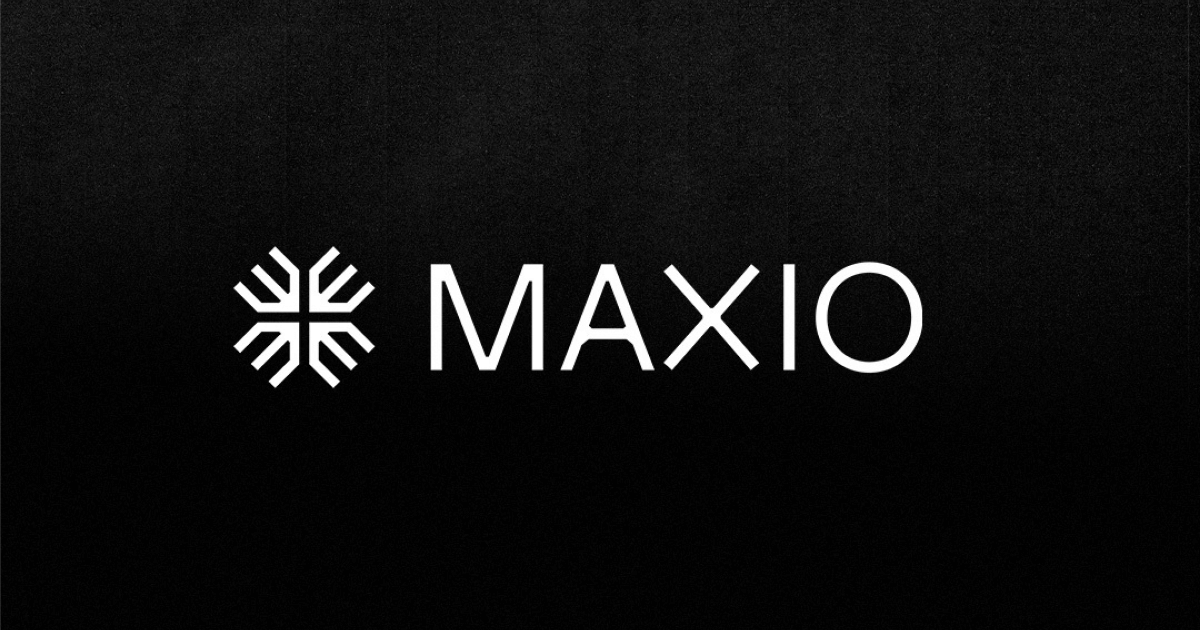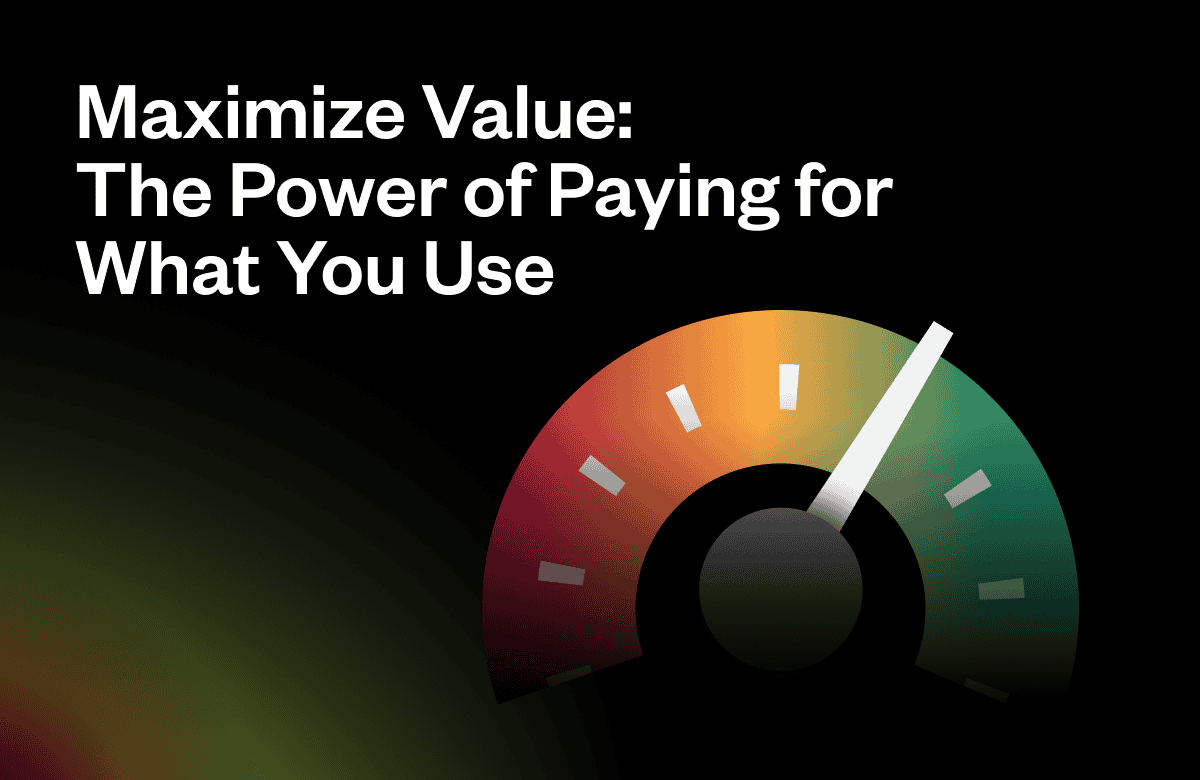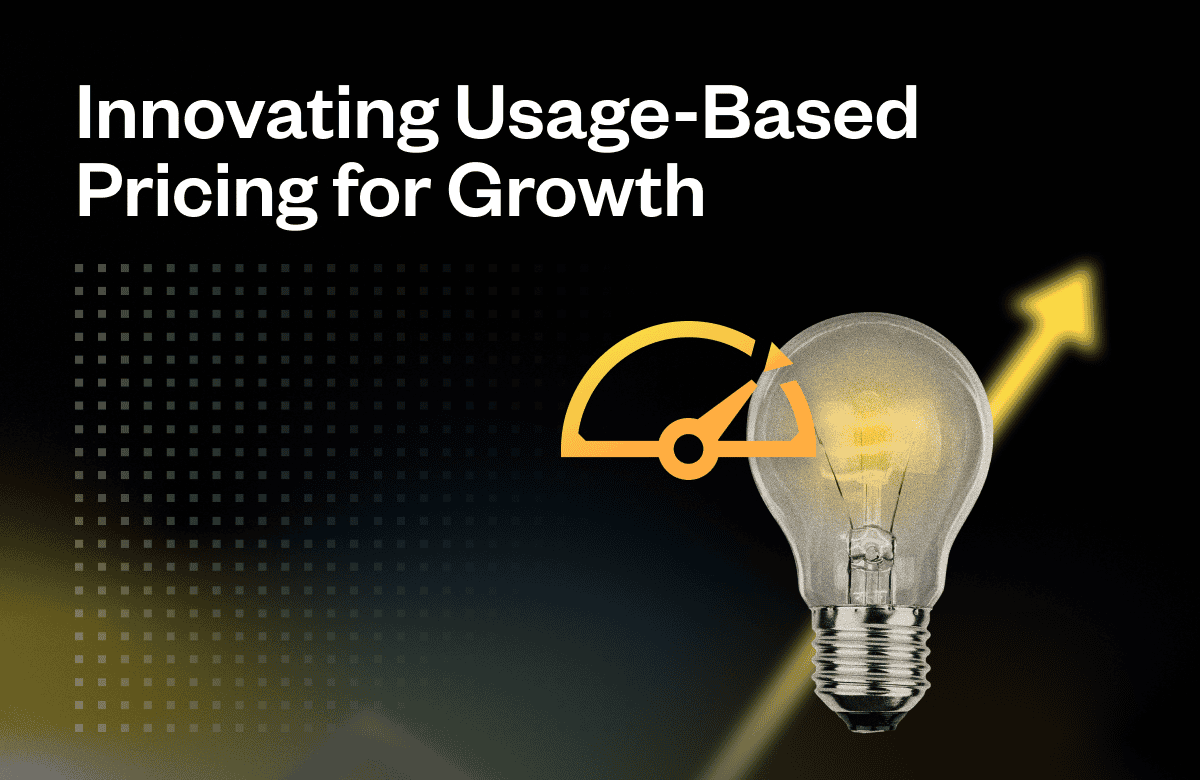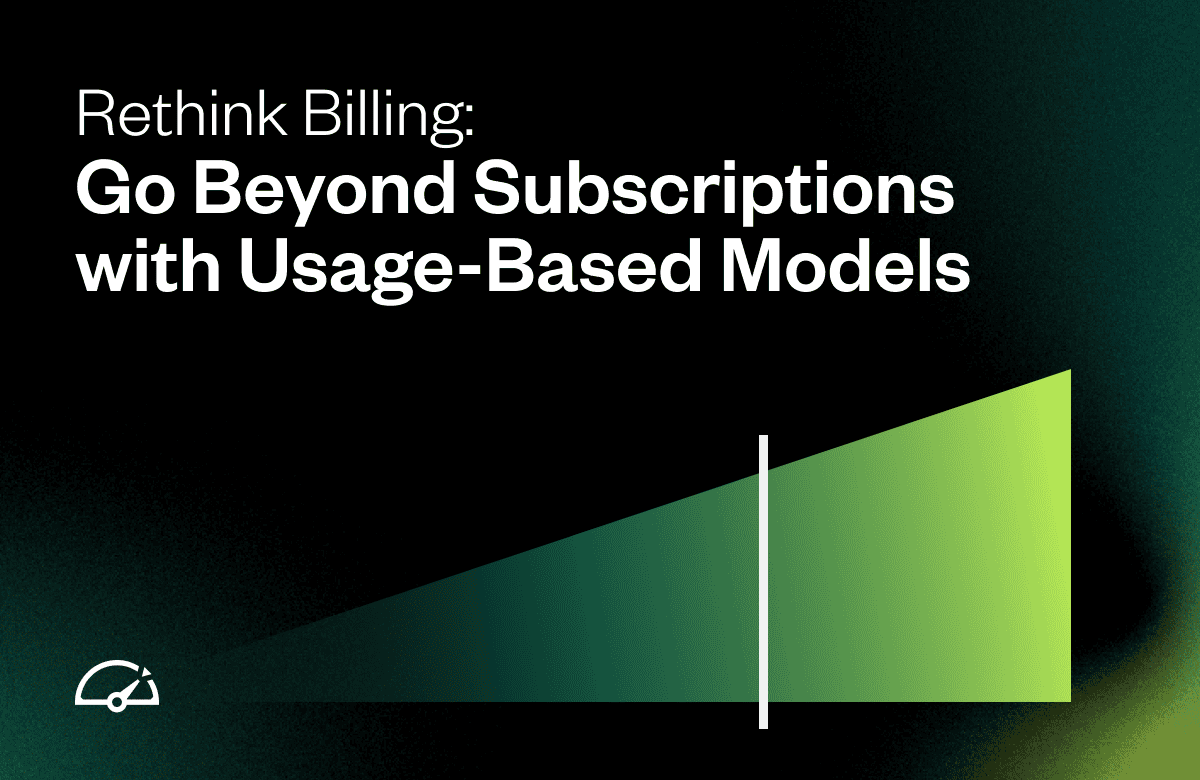Pricing is as critical to your customers as it is to you. They’re continuously evaluating how their pricing strategy aligns with their product offerings to fuel growth and stay competitive. For B2B SaaS companies like yours, adopting variable, usage-based pricing can be a game-changer.
By tailoring pricing across your product portfolio, you can strike the perfect balance between meeting your business goals and exceeding customer expectations—all while showcasing the tangible value you deliver. Let’s explore three powerful ways a usage-based billing model can help you boost revenue and drive success for your SaaS business.
1. Integrate usage-based pricing with complementary billing models.
There is no single billing model that works for every customer. Fortunately, this is an easy obstacle to overcome in SaaS. Most SaaS billing platforms support a number of usage-based pricing models available to configure right out of the box. A truly sophisticated software will also enable you to mix-and-match usage-based billing with other pricing models to create a cohesive strategy configured to your market’s preferences.
For example, you may choose to charge for regularly recurring services with a predictable, monthly subscription. (A communication service’s base email automation plan is a good example here.) But customers may also choose to opt into additional services—in this case, an added SMS messaging service—which are billed according to usage during a set billing period. This pricing strategy leverages multiple pricing models configured to deliver a price that’s aligned to both the customer’s needs and the business’s operating costs.
But it doesn’t have to stop there. The provider can further refine their strategy by offering promotional periods and free trials to existing customers, encouraging the adoption of new features, or even offer a discount based on volume or in a tiered structure (i.e. decreasing the per-user price as a client purchases more seats) to gain new customers and grow their revenue.
A strong SaaS pricing strategy is one that meets your business’s financial needs and the expectations of your customer. Combining elements of usage-based pricing with other, more predictable revenue models is a great way to accomplish both of these goals.
2. Iterate and optimize your product offerings over time.
Do you know what your customers really want and what they’re willing to pay for it? While we advise performing ample research before launching a new pricing strategy, even the best survey won’t reveal as much insight as the actual choices your customer makes on a daily basis. This is where your usage-based pricing strategy can really come in handy.
In order to deliver usage-based pricing, you have to be tracking customer’s usage, right? There’s a lot more you can (and should) do with this data than simply billing on it. Customer usage data is ripe for deeper analysis. Over time, watching customer usage trends can help you better understand their exact needs, enabling you to slowly augment your services and pricing to better meet them.
This refinement could look like:
- Releasing a new product line alongside your existing offer to test interest in new features.
- Selecting a subset of customers who get a slightly different pricing package in order to observe your market’s payment threshold.
- Or even tracking the usage of each independent product feature to better understand how your customers actually interact with your product.
Over time, you can watch how customers respond to the small tweaks and tests you make within your system. Then, when the business case makes sense, these one-off test cases can be transformed into pricing models available across the platform. As an added bonus—by the time the model is implemented, your company will already know the ins-and-outs of how it works, and be ready to smoothly roll out the new model.
Usage-based billing offers B2B SaaS businesses a unique opportunity to leverage the data they’re already collecting to craft the best pricing for their customers. Download a copy of our free ebook, Data-Driven Pricing Strategies, for more information and guidance through this process.
3. Deliver custom pricing every time (without reinventing the wheel).
As a B2B SaaS business, success entails more than simply keeping the lights on; your goal is long-term, sustainable growth. There’s one usage-based pricing strategy which may be a key to achieving this kind of growth. It’s called Events-Based Billing.
Events-Based Billing is the most sophisticated evolution of usage-based pricing. Instead of billing on a single attribute (like the SMS messaging plan we talked about earlier), you can craft a truly customized plan for every customer using a multi-attribute model (think: an SMS message sent at at 3:04 AM, from the USA to Australia—that’s how precise you can get).
This type of multi-attribute billing can be the game-changer for your business, as it’s the only pricing model which truly aligns your value to the price customers pay. Not only does this alignment improve customer satisfaction, it can also increase customer loyalty, boost brand recognition, and create a truly symbiotic growth relationship between you and your clients. (If you bill on the right metrics, your business will grow proportionate to your customers’ own success.)
That’s why Events-Based Billing is the pricing model of the future. That’s why Events-Based Billing is the pricing model of the future. Check our article, Use Your Event Data to Create the Ultimate Value-Based Pricing Strategy, to learn more about how Events-Based Billing can work for your business.
Make the most of your usage-based billing model.
Varying your pricing with a usage-based billing model makes it easier for your SaaS company to respond to customer demand, test out new billing models, onboard new customers, keep your existing clients happy, and—ultimately—grow your business.
It’s the best way to ensure customers get product portfolios guaranteed to meet their needs, complete with competitive prices and the flexibility to scale up or down with market demand. Your internal teams will also benefit from enhanced visibility into how your customers are responding to changes in pricing, and they will easily be able to flag opportunities for add-on sales or new features for potential future development.
A sophisticated B2B SaaS billing software will offer this highly configurable usage-based billing functionality right out of the box (no coding required!), so your company will have a strong foundation for maintaining its competitive edge.
Maxio is the only billing platform designed specifically for B2B SaaS businesses. For over a decade, we’ve partnered with thousands of businesses to take their billing to the next level, and we’re excited to help you do the same. Learn more about Maxio, or talk to one of our billing experts today.




